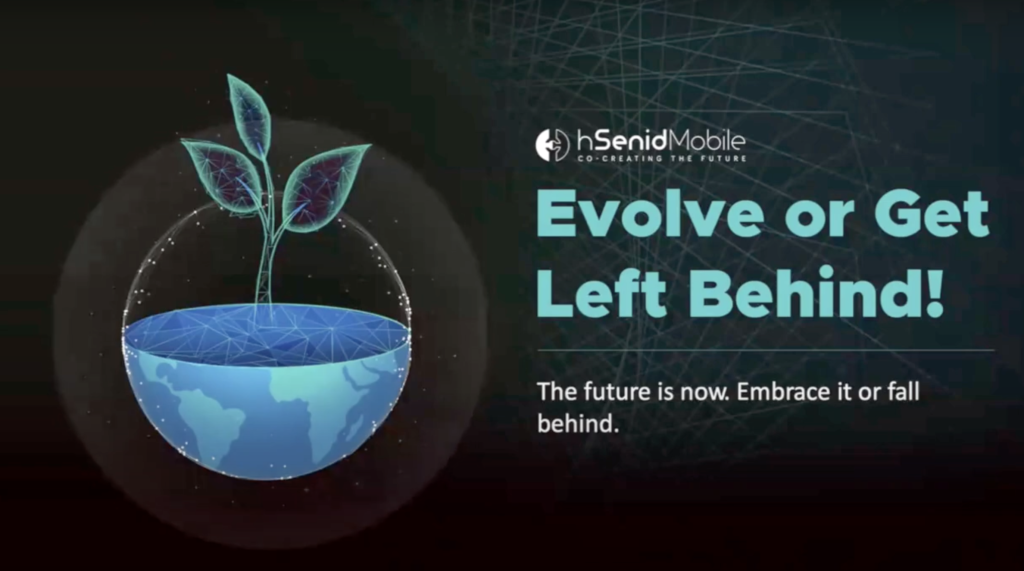In my opinion, hSenid Mobile created the most successful telco CPaaS. They made it easy for people, developers and business owners, to solve problems using telecommunications.
Back in 2012, when Ideamart launched on hSenid Mobile’s CPaaS, they had no code interfaces, just a webpage to use common templates, e.g. customer communications and alerting. With that and sustained country-wide engagement they created something quite unique, here a telco is at the heart of innovation across Sri Lanka and Bangladesh.
It’s a pity the rest of the industry did not adopt hSenid Mobile’s leadership back then, but they should have another go today with the adoption of AI and multichannel.
CPaaS is evolving from a traditional telco-centric model into a unified, AI-driven, multichannel ecosystem. Businesses can now leverage tools like AI-powered sales agents and omni-channel engagement solutions across platforms such as WhatsApp, Messenger, and Viber.
SMS and traditional VAS are no longer sufficient; personalized, richer communication is crucial to meet modern customer demands. Real-world case studies will highlight how businesses are leveraging next-gen CPaaS to boost customer acquisition, retention, and growth. Embracing next-gen CPaaS is essential for maintaining a competitive advantage.
We kick off with my intro and why hSenid Mobile is a leader in CPaaS. Dinesh tells us, what he’s going to tell us. That is, how AI and multichannel are changing CPaaS. VAS remains a valuable and growing market for telcos, with a CAGR (compound annual growth rate) of between 11-12%.
The new generation CPaaS is unified, omnichannel (I prefer multichannel), and complemented by AI (LLMs (Large Language Models) in particular). Breaking free of SMS is important, it’s still there, but WhatsApp has become the conversational channel in many markets.
Check out this year’s hacks from Sri Lanka, it’s in their titles, WhatsApp plays an important role. It’s important to meet customers where they are, not where you want them to be. A comment made from a messaging expert in an emerging market, “Google has not explained what RCS is, while WhatsApp time and time again demonstrated their value to consumers and brands.”
Dinesh then reviews the evolution of hSenid Mobile’s platforms. Talito is their mulit-channel platform across SMS, Instagram, WhatsApp, Viber, etc. Its a customer engagement platform, so a customer’s conversations are linked to the customer, not the channel. Sprout is hSenid Mobile’s AI agent, beyond ecommerce, building stronger customer relationships using insights from the history with the customer. And that history goes back to 2012. This is why hSenid Mobile’s solution is so powerful being country-wide and and active since 2012. No other CPaaS can achieve this.
Dinesh highlights within their markets telcos play an important role with their payments API. And a common theme throughout TADSummit this year, LLMs are moving at a rate that beyond 12-18 months we simply can not predict. It’s important to be experimenting with your customers, and understanding how updates change your business and customer value. I think of this as simply adopting a web model. The web is constantly evolving, and your next generation CPaaS must help you and your customers do that.
Dinesh discusses the shift in roles telco need to make in this landscape, some carriers may be more comfortable in an automation and integration of traditional services,. While some telcos can co-create with their customers. I see Sebastian Schumann’s presentation (will add soon) show how his platform can enable both options. Its more how comfortable the organization is innovating with customers.
Dinesh then shares deployed services running on their platform, for example university enrollment, cleaning services with quoting and staffing. If telcos build local moats they can build a role in these emerging local business opportunities.


3 thoughts on “Evolve or Get Left Behind, The Next Generation of CPaaS is Here. Dinesh Saparamadu, hSenid Mobile”
Comments are closed.